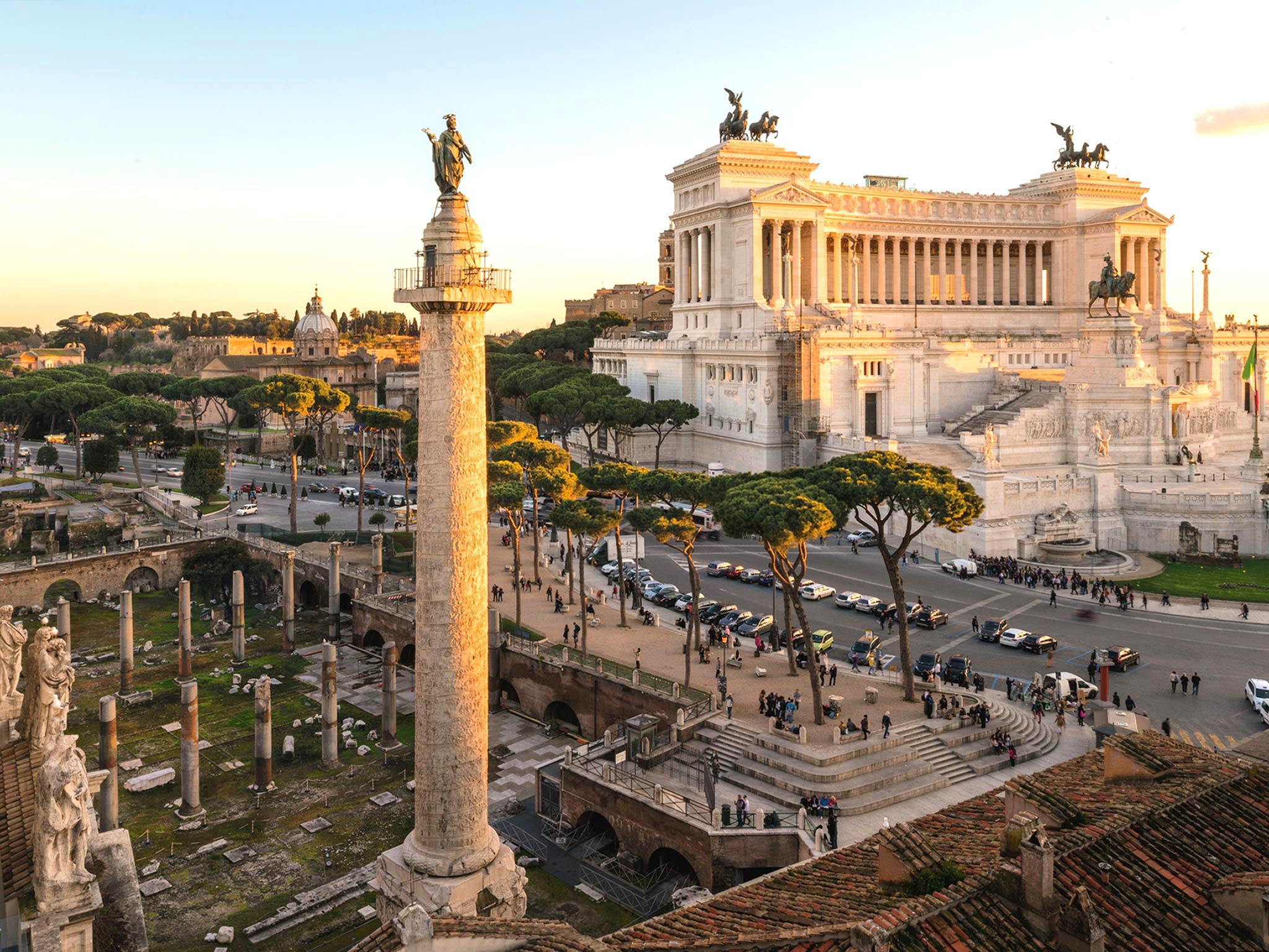Do you know that “smog” is not a term invented in the United States? A London local actually thought of the term in 1905, as a description of the menacing combination of coal smoke and natural fog.
Smog is every bit a part of the city’s history, even more so than the Buckingham Palace is. The term was thought of because acrid and smoky “pea-soupers” were becoming more familiar to the locals than the more pleasant sights. Smog even made it to Shakespearean world. Those who are familiar with the Macbeth will know a line that speaks about the famous London Fog.
December 5, 1952 is a significant date in London’s calendar. Dense fog hovered over the city for four days. Transportation was ordered to a standstill as people make their way on foot through the clouded streets.
The disastrous London Fog of 1952 was something that no one really expected to happen. Majority of the locals used wood as fuel. However, with the city’s growth, forests were unable to meet the demands for wood. Sea-coal deposits made for a better and a cheaper alternative. Though it was abundant, it doesn’t burn efficiently. It was producing more smoke than heat. Do the math, and you will come face to face with the horrible London Fogs.
The 1952 incident wasn’t the only time people came to know of the cruel realities of the London fog. Another huge occurrence of it happened in 1959. People had to literally feel their way along the roads as visibility was only possible about one or two feet ahead. Accounts from those who have experienced the London Fog stated that the air was basically like a thick smoke so pungent and dirty. One account even said that black grit came out when he blew his nose.
While the incidents are well-known as the London Fog, it can be aptly called “smog” instead. Smog is fog that contains soot. Smoke and the sulfur dioxide emitted from chimneys build up and combined with the foggy air form the London Fog that has been a feature of the city since the 17th century. The industrial progress brought by the 19th century has increased air pollution dramatically.
The number of deaths during the London Fog is important, if only to point out how grave environmental situation can be. Even locals did not realize how grave the incident was until their discovered that their deaths were more than the number of coffins available. Surely, that fact should serve as a warning.








